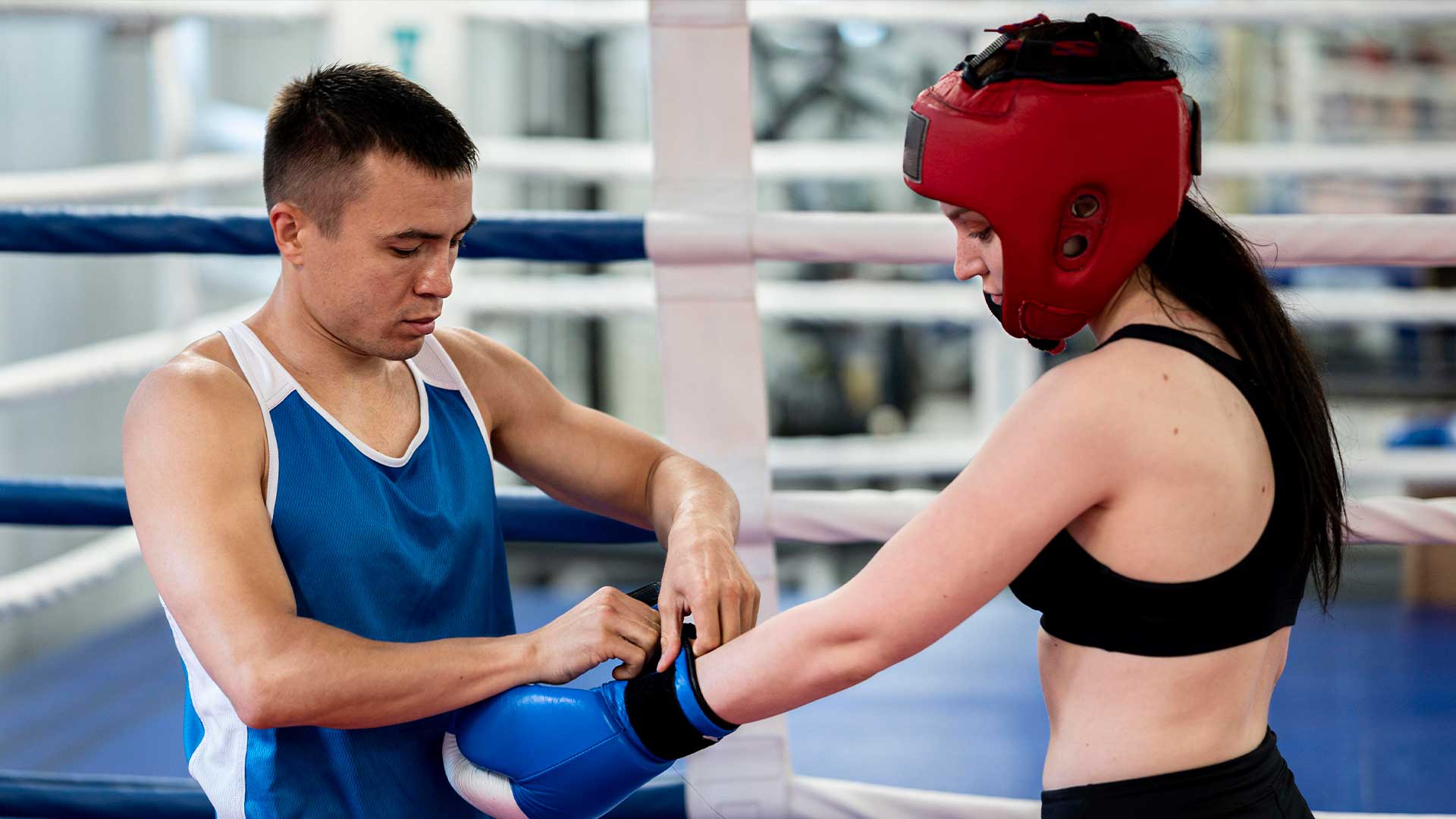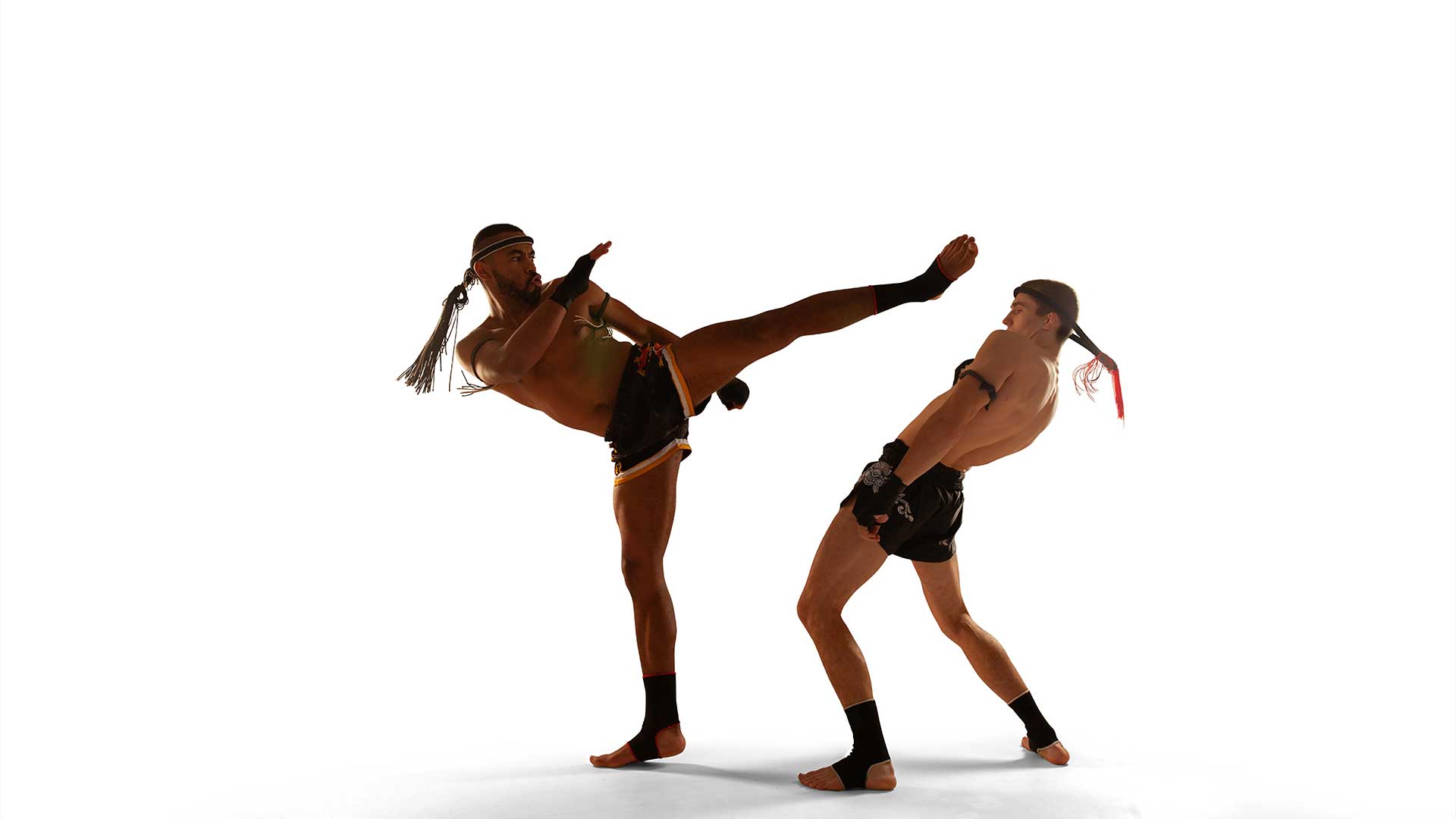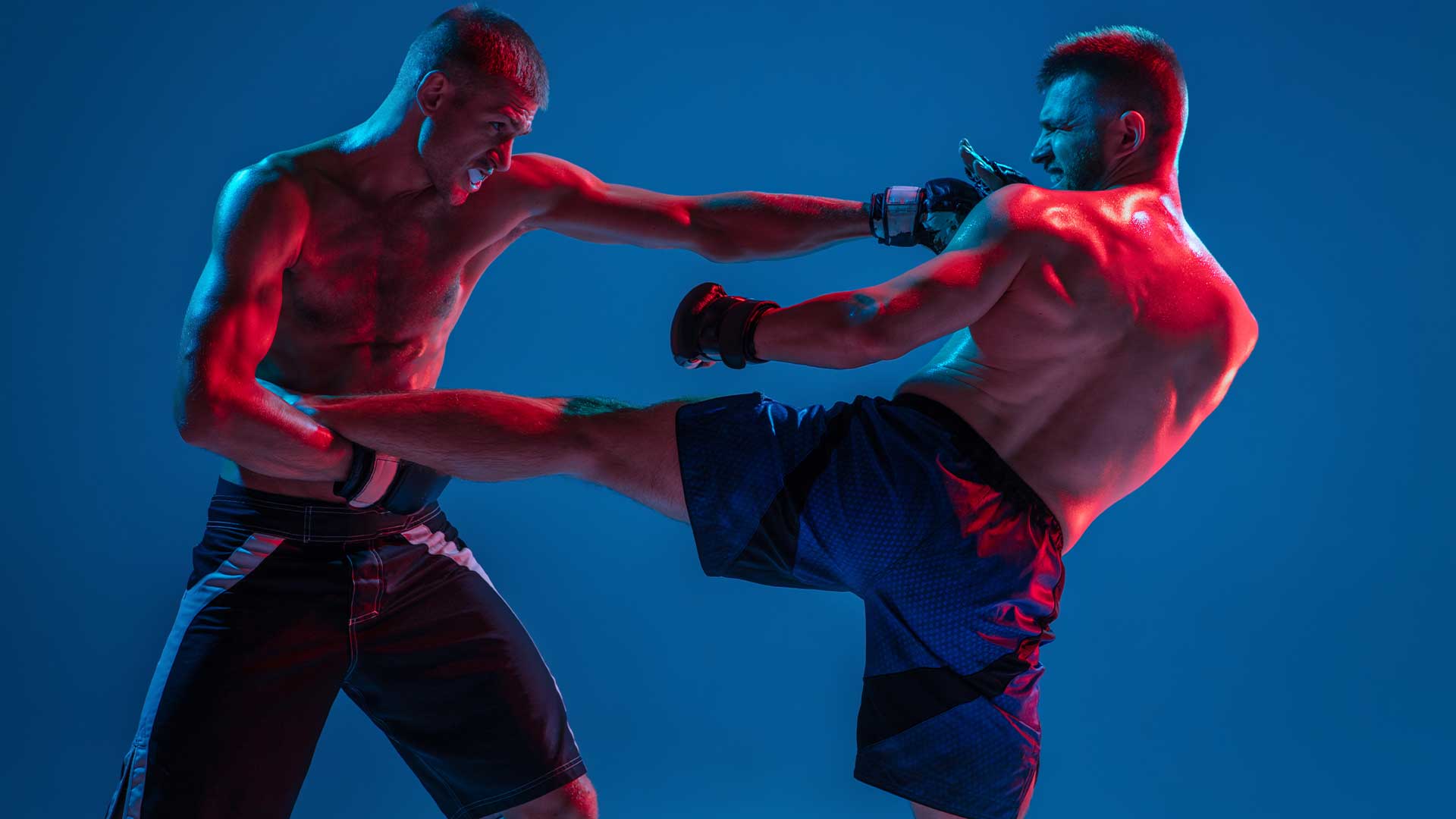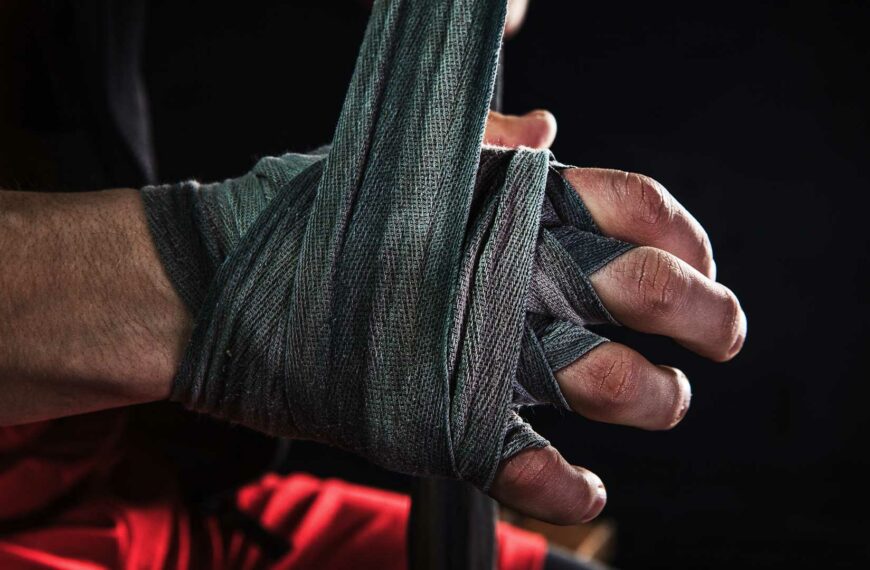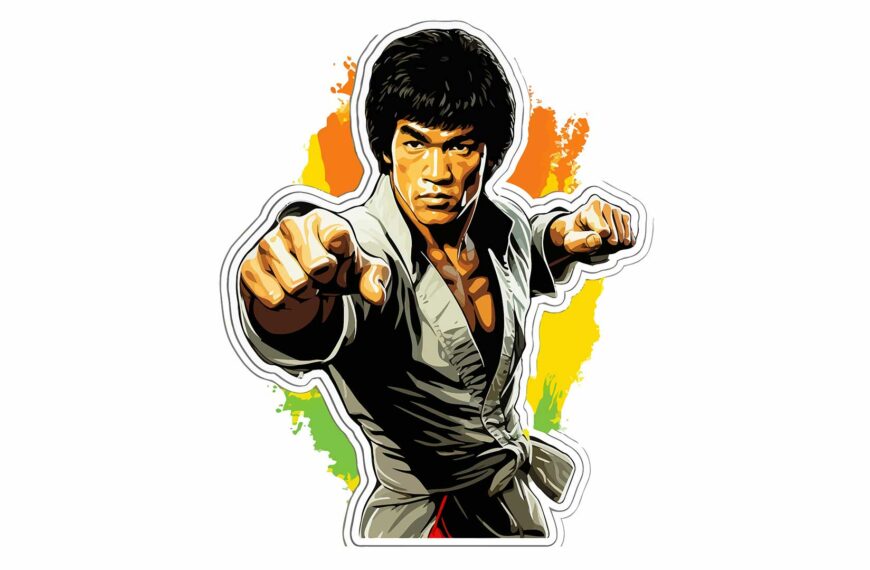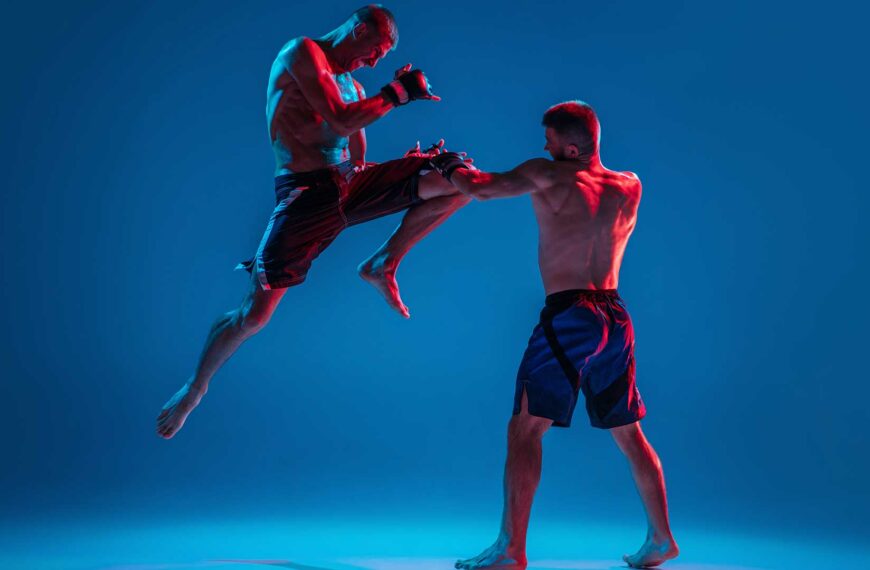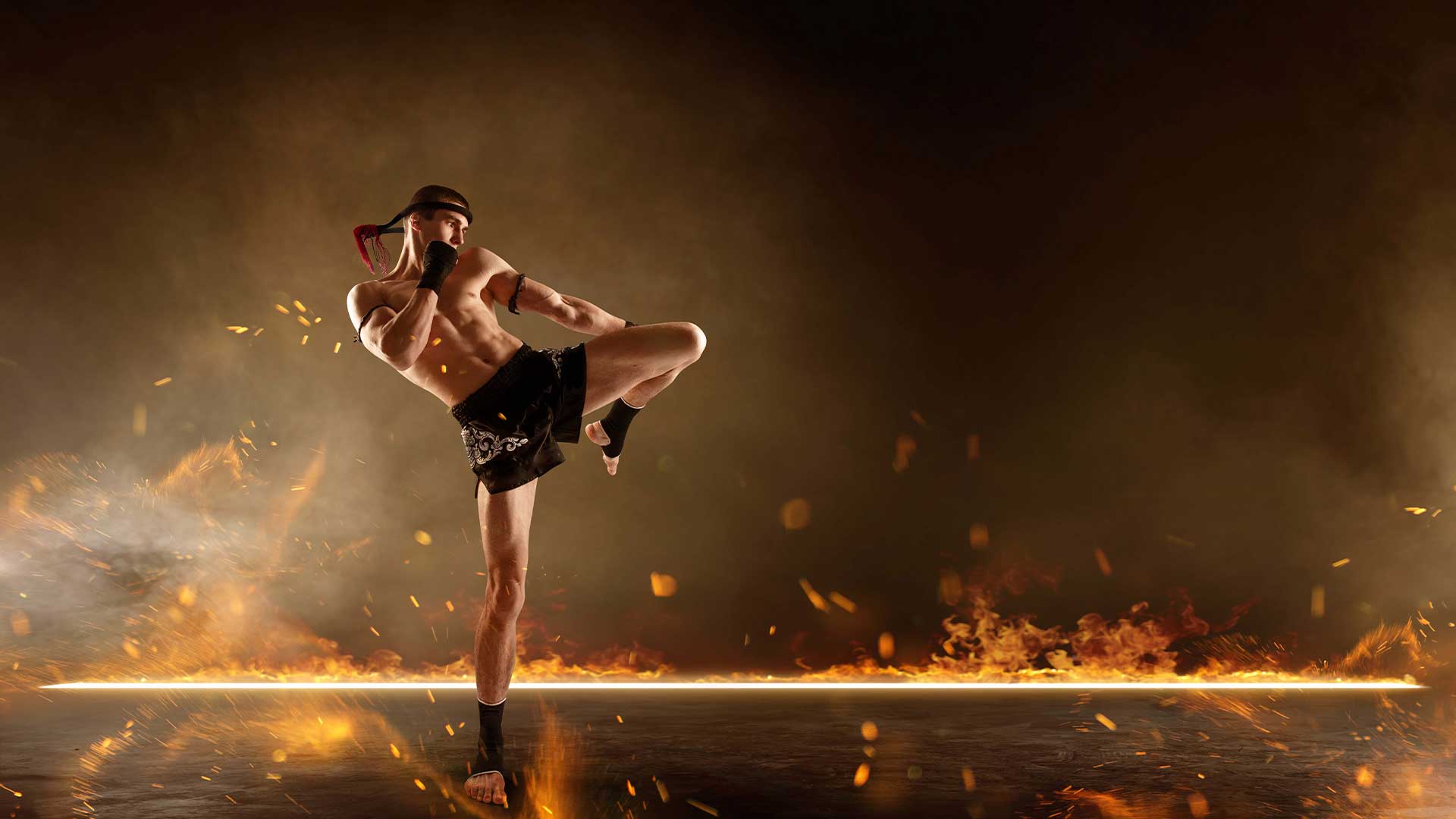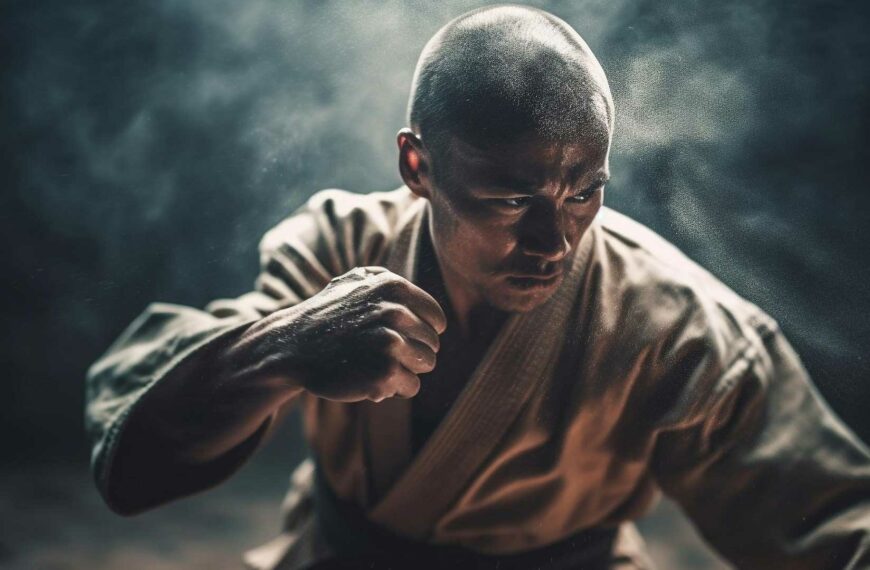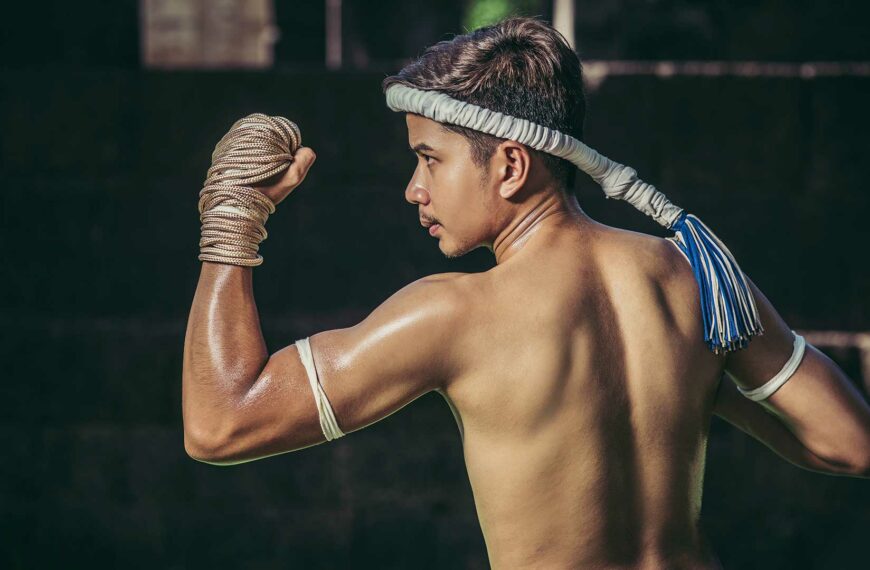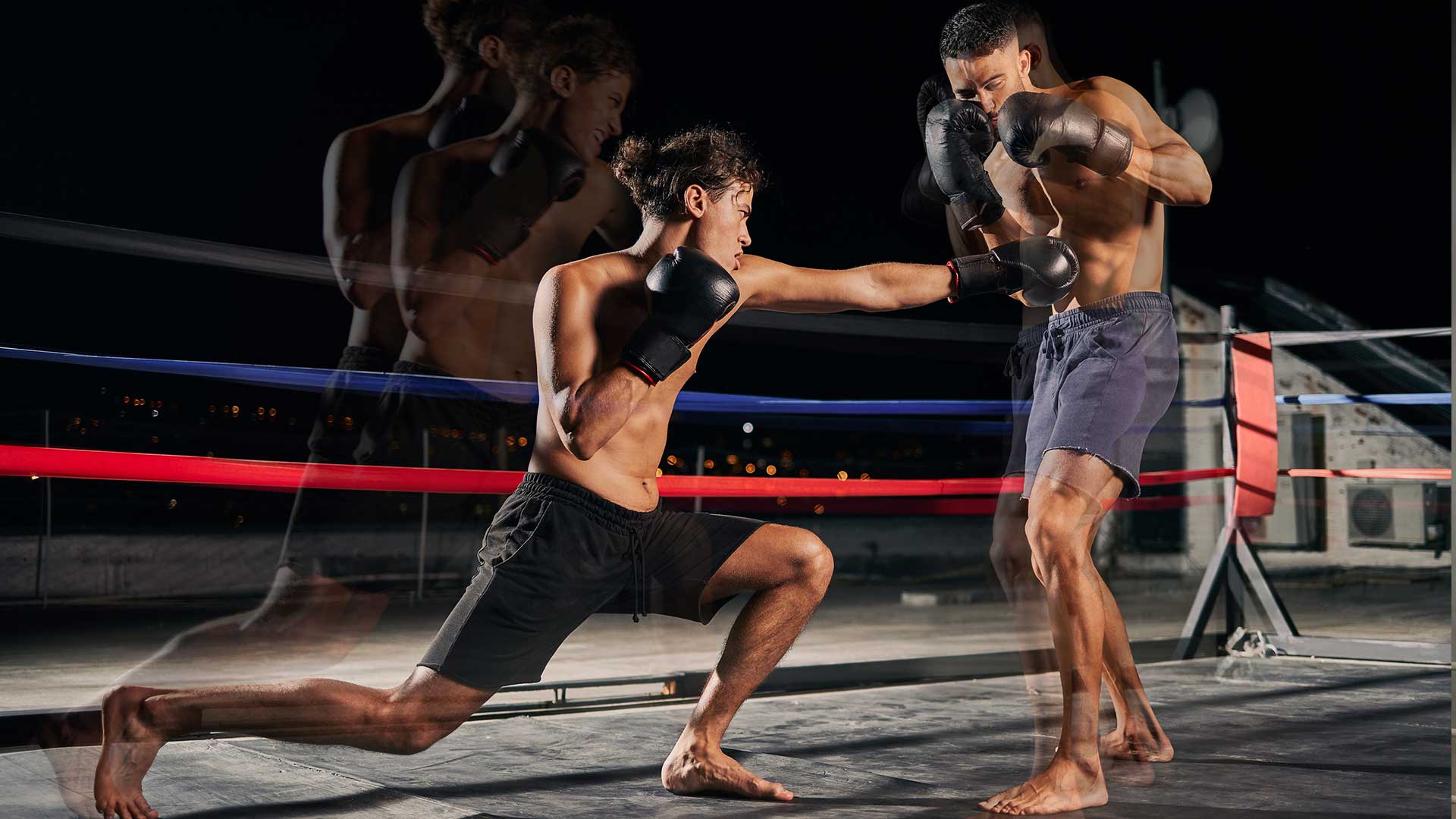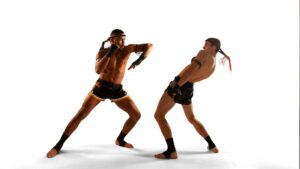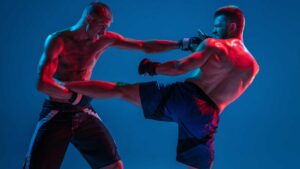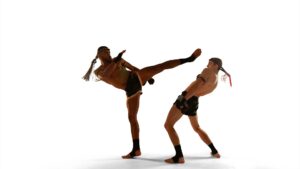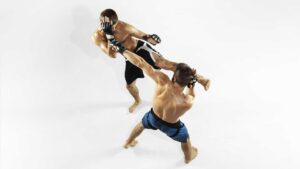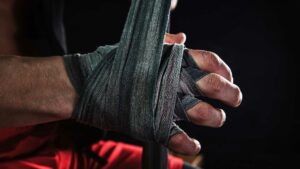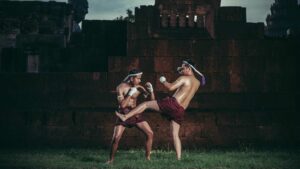Muay Thai, often referred to as “The Art of Eight Limbs”, is not just another martial art. It’s a path to physical fitness, mental resilience, and a vibrant community. For those of us who have stepped into the world of Muay Thai, it’s not merely about throwing punches or kicks; it’s about embracing a lifestyle that champions discipline, respect, and continuous improvement. This guide is your first step into a journey that could very well change your life, starting with the basics of Muay Thai training.
Learn the Basics of Muay Thai Training
- What is Muay Thai?
- Muay Thai is a combat sport that originated in Thailand.
- What equipment do I need for Muay Thai?
- You will need gloves, hand wraps, shin guards, and appropriate clothing.
- How do I get better at Muay Thai?
- Practice regularly, focus on technique, and seek guidance from experienced trainers.
What is Muay Thai?
Muay Thai is more than a sportit’s a cultural heritage of Thailand, with a history that spans centuries. Originating as a form of close-combat that used the entire body as a weapon, today it has evolved into a popular sport, a form of self-defense, and a fitness regimen admired worldwide. Understanding its roots gives a deeper appreciation of the techniques and traditions you’ll encounter, making every punch, kick, and knee strike more meaningful.
For an in-depth look at its history, check out our feature on Muay Thai history.
What are the benefits of Muay Thai?
From shedding pounds to building mental fortitude, the benefits of Muay Thai are immense and varied. Personally, I’ve never been in better shape than when training for Muay Thai, and it’s not just about physical appearance. The rigorous workouts improve cardiovascular health, flexibility, and strength, while the sparring sessions enhance reflexes, strategic thinking, and perseverance. Beyond the physical, it’s the sense of community and shared struggle in the gym that provides a profound sense of belonging and achievement.
What are the different types of Muay Thai training?
Muay Thai training can be broadly categorized into several types, each focusing on different aspects of the sport. There’s technical training, where you drill the basics and advanced techniques; pad work with a coach to refine your strikes; bag work for power and conditioning; clinching to improve your grappling; and sparring to simulate real fights. Each type of training is crucial in developing a well-rounded skill set.
For more on mastering Muay Thai, explore our guide on how to master Muay Thai.
What are the different types of Muay Thai classes?
Choosing the right class is pivotal. Beginners should look for classes that focus on fundamentals, where the pace is slower and there’s more emphasis on technique. As you progress, intermediate classes will introduce more complex combinations and sparring. For those looking to compete or seriously elevate their skills, advanced classes and fight camps are the way to go. Each gym has its own culture and approach, so it’s worth trying a few to find where you fit best.
What should I wear to a Muay Thai class?
Comfort and mobility are key when it comes to attire for Muay Thai. Typically, this means shorts designed for kickboxing and a breathable t-shirt or tank top. For women, a supportive sports bra is essential. Footwear isn’t necessary as you’ll train barefoot to improve your grip and movement on the mat. Remember, simplicity and functionality beat fashion in the gym.
What equipment do I need for Muay Thai?
Starting Muay Thai doesn’t require a huge investment in gear. The essentials include Muay Thai gloves, hand wraps, and shin guards. As you delve deeper, you might add a mouthguard, groin protector, and ankle supports to your kit. Quality matters more than quantity here; well-made equipment protects you and your training partners.
For a comprehensive list, visit our Muay Thai training equipment guide.
How do I wrap my hands for Muay Thai?
Hand wrapping is an art in itself, vital for protecting your wrists and knuckles. There are several techniques, but the goal is always to secure the wrist, thumb, and knuckles without cutting off circulation. It can feel tedious at first, but with practice, it becomes a pre-training ritual that mentally prepares you to train hard and safely.
What are the basic Muay Thai techniques?
Mastering the basics is essential in Muay Thai. Here’s a quick rundown:
1. The Jab
The jab is your primary tool for range finding and setting up other attacks. Quick and seemingly simple, its effectiveness lies in its execution.
2. The Cross
The cross is a powerful straight punch thrown with the rear hand. It’s all about timing and precision.
3. The Lead Hook
A close-range weapon, the lead hook can be devastating when landed cleanly on the opponent’s jaw or body.
4. The Rear Hook
Similar to the lead hook but thrown with the rear hand, adding more power but requiring more skill to land effectively.
5. The Lead Elbow
Elbows are a signature of Muay Thai. The lead elbow can slice through guards and cause significant damage.
6. The Rear Elbow
Thrown with the rear arm, it’s a powerful strike that can end fights quickly when aimed at the head or temples.
7. The Lead Knee
Knees are another staple of Muay Thai. The lead knee can be used offensively or defensively, with devastating effect.
8. The Rear Knee
The rear knee is thrown with more power and is often used to break through an opponent’s guard.
9. The Teep
Also known as the front kick or push kick, the teep is used to maintain distance or off-balance an opponent.
10. The Roundhouse Kick
The roundhouse kick is one of the most powerful strikes in Muay Thai, capable of knocking opponents off their feet.
For a deeper dive into these techniques, visit Muay Thai techniques.
Personal Experience: Overcoming Fear and Building Confidence in Muay Thai
A New Beginning
Growing up, I was always a bit timid and lacked confidence. When I decided to try Muay Thai, I was filled with both excitement and apprehension. Walking into the gym for my first class, I was greeted by a mix of seasoned fighters and beginners like myself.
Facing Challenges Head-On
As the training sessions progressed, I found myself struggling with mastering the techniques, especially the Roundhouse Kick. I was often hesitant and fearful of executing it correctly, afraid of looking foolish in front of others. However, with the patient guidance of my coach, Alex, and the support of my fellow classmates, I began to push past my insecurities.
The Turning Point
One day, during a sparring session, I decided to overcome my fear and threw a powerful Roundhouse Kick. To my surprise, it landed perfectly, earning cheers and applause from my peers. In that moment, I realized that Muay Thai wasn’t just about physical strength but also about mental fortitude and pushing past limits.
Embracing Growth
Through consistent practice and determination, I not only improved my technique but also gained a newfound confidence in myself. Muay Thai became more than just a workout routine; it became a journey of self-discovery and empowerment.
How do I get better at Muay Thai?
Improvement in Muay Thai, as in any martial art, comes from consistent, focused practice. Prioritize technique over power, listen to your coaches, and spar regularly but mindfully. Observing and analyzing fights, staying patient, and setting realistic goals are also key. Remember, even the greatest fighters were once beginners.
How do I find a good Muay Thai gym?
Finding the right gym is crucial. Look for a place with experienced, approachable coaches, a welcoming community, and a clean, well-equipped facility. Don’t be swayed by flashy marketing; the best gyms often have the most understated appearances. A trial class can reveal a lot about the gym’s atmosphere and whether it’s the right fit for you.
For insights on selecting a gym, check out how to learn Muay Thai in 10 steps.
Muay Thai is more than just a sport; it’s a journey that challenges your body and mind. As you embark on this path, remember to respect the art, your instructors, and your fellow practitioners. The beginnings might be tough, but the rewardsfitness, confidence, and a sense of accomplishmentare unparalleled. Welcome to the world of Muay Thai, where every training session is a step towards becoming a better version of yourself.
Questions
Q.Who can practice Muay Thai?
A.Anyone can practice Muay Thai, regardless of age or fitness level.
Q.What are the key components of Muay Thai training?
A.Muay Thai training includes techniques, conditioning, sparring, and drills.
Q.How often should I train in Muay Thai?
A.It is recommended to train Muay Thai 2-3 times a week to see progress.
Q.What equipment do I need for Muay Thai training?
A.Basic equipment includes gloves, hand wraps, shin guards, and a mouthguard.
Q.How can I improve my Muay Thai skills?
A.Consistent practice, proper technique, and guidance from a qualified instructor.
Q.Isn’t Muay Thai too intense for beginners?
A.Muay Thai can be tailored to suit all levels, including beginners, with gradual progression and proper guidance.
